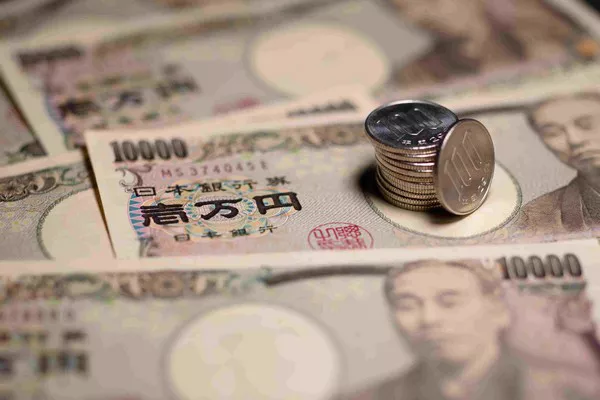The Japanese Yen (JPY) has long been considered a safe-haven currency, appreciated for its stability and resilience during times of economic uncertainty. However, in recent years, the question of whether the JPY should be classified as a risk asset has emerged, challenging traditional perceptions. This article delves into the intricacies of the Japanese Yen’s role in the global financial landscape, exploring factors that contribute to its safe-haven status and examining instances where it may exhibit characteristics associated with risk assets.
Historical Perspective
Japan, as one of the world’s largest economies, plays a pivotal role in global finance. Over the years, the Japanese Yen has earned a reputation as a safe-haven currency, with investors seeking refuge in times of geopolitical tensions or financial crises. The historical context of Japan’s economic stability, low inflation rates, and a robust current account surplus has contributed to the perception of the JPY as a reliable store of value.
Safe-Haven Status
The safe-haven status of the Japanese Yen is rooted in various factors. Japan’s economic policies, characterized by fiscal discipline and a focus on export-oriented growth, have historically contributed to the stability of its currency. Additionally, the country’s substantial foreign exchange reserves and low levels of government debt enhance the perception of the JPY as a safe asset.
During periods of global uncertainty, investors often flock to traditional safe-haven assets such as gold, the U.S. dollar, and the Japanese Yen. This flight to safety is driven by the belief that these assets will retain their value or even appreciate when other markets face turbulence. The JPY’s safe-haven status is particularly evident in times of geopolitical tensions, economic downturns, or unforeseen events that prompt a risk-off sentiment in global markets.
Risk Asset Characteristics
While the Japanese Yen is primarily viewed as a safe-haven currency, there are instances where it exhibits characteristics associated with risk assets. One such scenario is the carry trade, where investors borrow in low-interest-rate currencies (such as the JPY) to invest in higher-yielding assets. During periods of economic stability and low volatility, market participants may leverage the JPY to pursue higher returns, blurring the lines between the traditional safe-haven and risk asset categories.
Moreover, the Bank of Japan’s unconventional monetary policies, including negative interest rates and extensive quantitative easing, have introduced an element of uncertainty into the JPY’s role. These measures, aimed at stimulating economic growth and combating deflation, can influence the currency’s valuation and behavior in ways that deviate from the typical safe-haven narrative.
Impact of Global Economic Conditions
The dynamics of the JPY are also influenced by global economic conditions. While the Japanese economy has maintained relative stability, it is not immune to external factors. Economic downturns in major economies, such as the United States and Europe, can have a ripple effect on Japan and impact the perception of the JPY as a safe-haven asset. In times of synchronized global economic growth, the demand for risk assets may increase, potentially causing the JPY to exhibit characteristics associated with riskier currencies.
Market Sentiment and Behavioral Factors
Market sentiment and investor behavior play a crucial role in shaping the JPY’s status as a risk asset. During periods of risk aversion, investors tend to seek safety in traditional havens, including the Japanese Yen. However, shifts in sentiment, speculative activities, or sudden market movements can alter the currency’s dynamics, leading to short-term fluctuations that may resemble the behavior of risk assets.
See Also Why Do People Invest In Yen? A Closer Look
Conclusion
In conclusion, the classification of the Japanese Yen as a risk asset is a nuanced and evolving topic. While the JPY has long been regarded as a safe-haven currency, various factors, including carry trades, unconventional monetary policies, and global economic conditions, introduce elements of complexity. Investors and market participants must navigate these dynamics, recognizing that the JPY’s role in the global financial landscape is subject to change based on prevailing economic conditions and geopolitical developments.
Ultimately, the Japanese Yen’s dual identity as both a safe-haven and potentially a risk asset underscores the importance of a comprehensive understanding of the factors influencing currency dynamics in today’s interconnected and dynamic financial markets.


